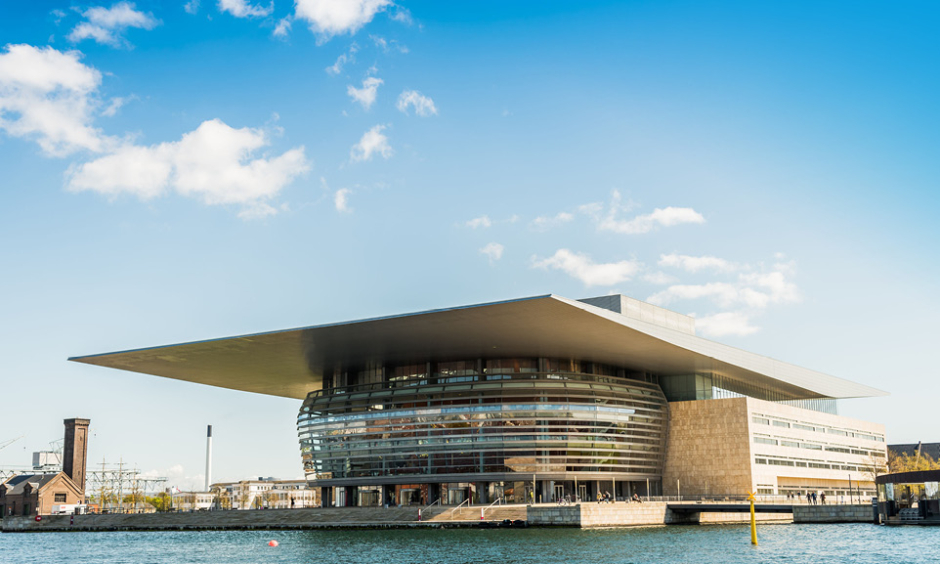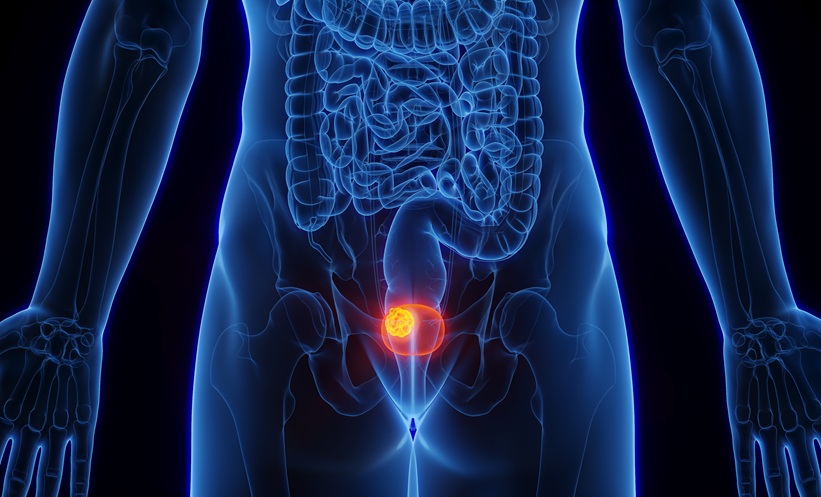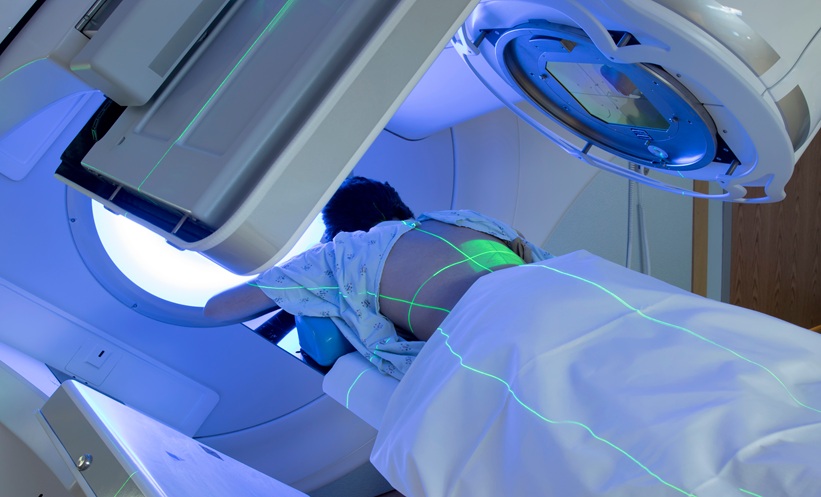INTRODUCTION AND OBJECTIVES
Fluoroquinolones are the most frequently used antibiotics in transurethral resection of the prostate (TURP) prophylaxis in Belgium, and microbial resistance is an increasing problem in healthcare.1-3 We aimed to prospectively investigate microbial resistance in our centre to explore the resistance to fluoroquinolones and optimise antibiotic prophylaxis in TURP.
MATERIALS AND METHODS
After ethical committee approval, 506 consecutive patients undergoing TURP between August 2008 and September 2015 were prospectively investigated. A urine analysis (preoperative, at hospital discharge, and 3 weeks postoperative) was performed in addition to an analysis of the blood culture or irrigation fluid and the resected prostatic tissue. Microbial cultures were scored by microbiologists as 0 (not significant), 1 (mildly significant), or 2 (significant). Antibiotic prophylaxis was only used in patients with preoperative bacteriuria or a preoperative indwelling catheter. The majority of antibiotics used were fluoroquinolones (89.5%), followed by amoxicillin (6.0%).
RESULTS
In the patients examined, 42 (8.2%) had significant preoperative bacteriuria. The most common organisms were Escherichia coli (28.2%) and Klebsiella (21.7%). The preoperative fluoroquinolone-resistance (FQ-R) was 69.2% in E. coli and 40.0% in Klebsiella. Fifty-eight patients (11.4%) had significant postoperative bacteriuria at the time of hospital discharge, with Enterococcus faecalis the most frequent organism (29.2%), followed by Klebsiella (13.2%) and E. coli (13%). The postoperative FQ-R was 75% in E. coli and 60% in Klebsiella.
Three weeks after undergoing TURP, 36 patients (7.1%) had significant postoperative bacteriuria, with E. faecalis the most frequent bacteria (44.4%), followed by E. coli (36.1%); the FQ-R following TURP was 53.8% in E. coli. Thirty-one patients (6.1%) had significant positive blood cultures (at the recovery unit). E. coli and haemolytic Streptococci were the most frequent organisms (both 19.4%); the FQ-R was 50% in E. coli.
Upon arrival at the ward, 24 patients (4.7%) had significant positive irrigation fluid cultures. E. coli was the most common organism (29.2%), followed by E. faecalis (25.0%); the FQ-R was 85.7% in E. coli. Forty-seven patients (9.3%) had a significant positive prostate tissue culture, with E. faecalis (36.1%), Staphylococci (14.9%), and E. coli (12.3%) being the most common organisms present; the FQ-R was 83.3% in E. coli. Finally, 18 patients (3.6%) had uncomplicated fever during or after hospitalisation and 1 patient (0.2%) had septicaemia.
CONCLUSION
A high rate of antibiotic resistance was observed in our patients undergoing TURP, with a remarkable FQ-R in E. coli. Our findings could be used to question the use of fluoroquinolones as the most appropriate empiric prophylaxis for TURP patients. We recommend a preoperative urine sample collection a few days before surgery so that a microbial culture-based antibiotic prophylaxis can be utilised in cases of a positive urinary culture.








